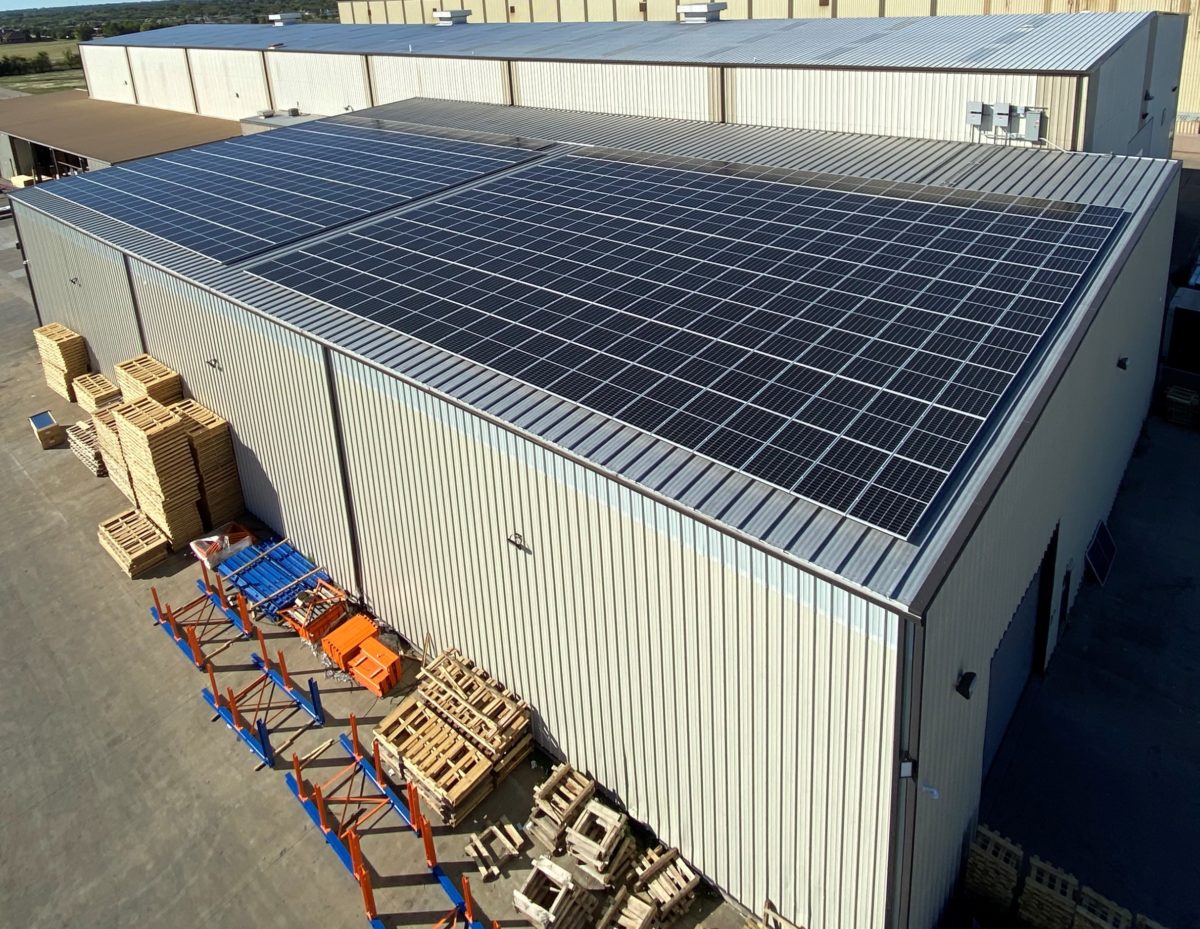The U.S. Department of Energy has selected Arizona State University (ASU) to receive up to $70 million to establish a clean energy manufacturing innovation institute. ASU will lead a multi-institution collaboration called Electrified Processes for Industry Without Carbon (EPIXC).
The industrial sector accounts for more than 30% of U.S. greenhouse gas emissions. Process heating accounts for 63% of all energy use in manufacturing, and as such EPIXC will target carbon-free methods to process heating. Among other industries, ASU will target innovation in iron and steel, chemicals, petroleum, food and beverage, forest products and cement.
“Fossil fuel-driven process heating — from pasteurizing milk to melting steel — is the most significant contributor [to greenhouse gas emissions],” said Sridhar Seetharaman, vice dean for research and innovation of the Ira A. Fulton Schools of Engineering at ASU and director of the EPIXC program.
The university will establish a public-private partnership, conducting innovative research, development, demonstration and deployment of relevant technologies. It will also engage in relevant workforce development for the emergent technologies.
“Our commitment extends beyond technological advancements as we also anticipate fostering the growth of a new generation of engineering leaders who will drive the necessary technology innovations in an equitable fashion to achieve the greatest possible benefit to the communities we serve,” said Kyle Squires, vice provost of engineering, computing and technology and dean of the Fulton Schools of Engineering.
ASU will be joined by University of Texas at Austin, Texas A&M University, Pennsylvania State University, Stanford University, Missouri University of Science and Technology, Tuskegee University, North Carolina State University, Navajo Technical University, Idaho National Laboratory, the National Energy Technology Laboratory, the National Renewable Energy Laboratory and the SLAC National Accelerator Laboratory. KB Science provided strategic guidance for the proposal development. EPIXC joins DOE’s six other Manufacturing USA Institutes.
EPIXC is funded through the DOE’s Office of Energy Efficiency and Renewable Energy’s Industrial Efficiency and Decarbonization Office.
A recent study by Northeastern University found that solar mounted on industrial rooftops could meet 35% of the electricity demand of manufacturing processes. On-site sources of renewable energy are currently supplying less than 0.1% of industrial electricity demand in the U.S., according to the report.
Heat battery
Bill Gates-backed Rondo Energy recently announced the release of two models of its Rondo Heat Battery (RHB), an energy storage system that dispatches both heat and electricity for industrial applications. The battery is made of readily available materials such as bricks and iron.
The company’s so-called “brick toaster” heat battery stores intermittent generation from renewable energy resources like solar and wind, able to hold stored heat energy at temperatures up to 1,500 degrees Celsius for hours or days at a time. The zero-carbon solution supports manufacturing processes such as steel, cement and chemical manufacturing, as well as low-temperature food processing.
“The Rondo Heat Battery will help companies in industries such as cement, fuels, food and water desalination to begin leveraging the falling costs of renewables without modifying their facilities,” said Carmichael Roberts, Business Lead and the head of Breakthrough Energy Ventures’ investment committee.
The RHB batteries can store more than 1 MWh per square meter, a high level of density that preserves area use at industrial facilities. RHB batteries offer continuous power with a 95% annual capacity power while operating on input power as low as 15% capacity factor, or four hours of dispatchable power generation per day.
This content is protected by copyright and may not be reused. If you want to cooperate with us and would like to reuse some of our content, please contact: editors@pv-magazine.com.









By submitting this form you agree to pv magazine using your data for the purposes of publishing your comment.
Your personal data will only be disclosed or otherwise transmitted to third parties for the purposes of spam filtering or if this is necessary for technical maintenance of the website. Any other transfer to third parties will not take place unless this is justified on the basis of applicable data protection regulations or if pv magazine is legally obliged to do so.
You may revoke this consent at any time with effect for the future, in which case your personal data will be deleted immediately. Otherwise, your data will be deleted if pv magazine has processed your request or the purpose of data storage is fulfilled.
Further information on data privacy can be found in our Data Protection Policy.